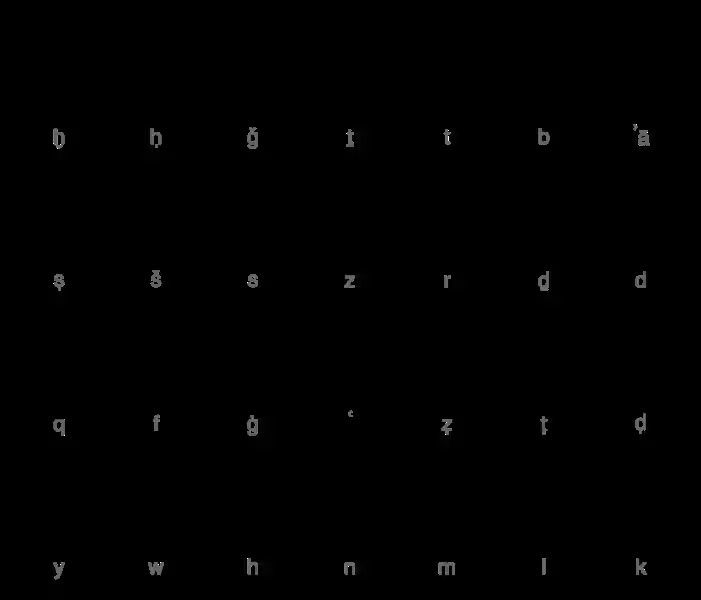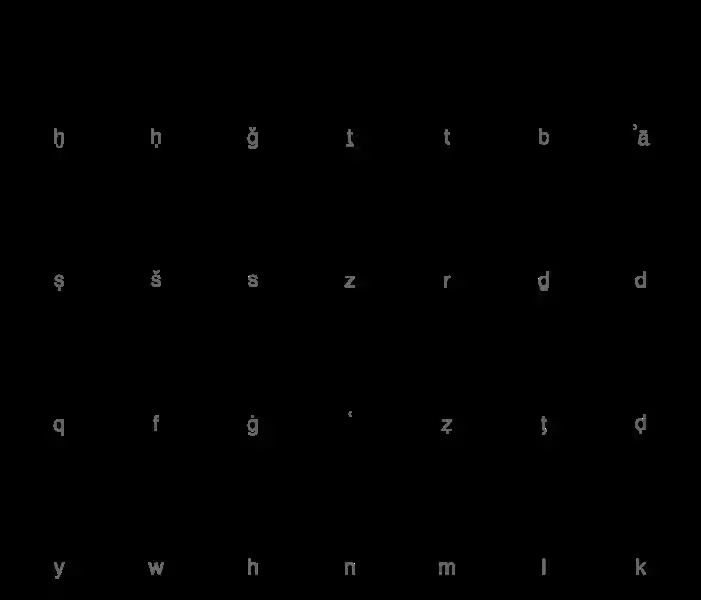
The word “how” is a cornerstone of human communication, acting as a bridge between curiosity and understanding. In Arabic, expressing “how” is more than just a simple translation; it’s a gateway to exploring the nuances of the language, its diverse dialects, and the intricate tapestry of cultural expressions. This comprehensive guide delves into the versatile world of “how” in Arabic, offering insights that will empower you to navigate the language with greater fluency and depth.
“كيف” (Kayf): The Foundation of Inquiry
The most common and versatile translation for “how” in Arabic is “كيف” (Kayf). This versatile expression acts as a foundation for various types of inquiries, ranging from seeking directions to expressing surprise or concern. Let’s explore some examples:
- Asking for Directions: “كيف أصل إلى المكتبة؟” (Kayf asil ila al-maktaba?) translates to “How do I get to the library?”
- Expressing Surprise: “كيف حدث ذلك؟” (Kayf hadath dhalik?) translates to “How did that happen?”
- Inquiring About Well-being: “كيف حالك؟” (Kayf haluk?) is a common greeting that translates to “How are you?”
The versatility of “كيف” extends beyond questions. It can also be used to express admiration or appreciation. Imagine encountering a beautiful painting: “كيف جميل هذا العمل الفني!” (Kayf jamil hadha al-‘amal al-fanni!) translates to “How beautiful this artwork is!”
Beyond “كيف”: Exploring the Spectrum of “How”
While “كيف” serves as a foundational expression, Arabic offers a rich tapestry of words and phrases to express “how” in various situations and contexts. Each variation carries its own nuances and connotations, reflecting the intricate nature of the language.
“إزاي” (Ezay): The Casual Companion
This expression is more casual and colloquial than “كيف,” often used in informal settings with friends and family. Imagine a friend asking about a recent event: “إزاي كان الحفلة؟” (Ezay kan al-hafla?) translates to “How was the party?” This expression adds a touch of familiarity and ease to the conversation.
“بإيه” (Bi-ayh): Unveiling the Method
This phrase is specifically used to inquire about the means or method used to do something. Imagine someone creating a magnificent dish: “بإيه عملت هذا الطبق اللذيذ؟” (Bi-ayh ‘amilt hadha al-tabaq al-ladhidh?) translates to “How did you make this delicious dish?” This expression focuses on the process and techniques used.
“بِكَيْف” (Bi-kayf): Emphasizing Style and Manner
This expression is used to emphasize the manner or style in which something is done. It implies a specific way or method, often used when asking for details or clarification. Imagine someone describing a particular dance move: “بِكَيْف رقصت؟” (Bi-kayf raqast?) translates to “How did you dance?” This expression emphasizes the specific technique and execution of the dance.
“شُلُون” (Shloon): A Gulf Arabic Greeting
This expression is common in Gulf Arabic, particularly in Kuwait and Bahrain. It acts as a casual greeting, similar to “How are you?” or to inquire about someone’s well-being. Imagine encountering a friend in the market: “شُلُونك؟” (Shloonak?) translates to “How are you?” This expression adds a friendly and informal touch to the interaction.
“مِنْ أَيْنَ” (Min aynah): Tracing the Origin
This phrase translates literally to “from where” and is used to inquire about the origin or source of something. Imagine someone admiring a beautiful piece of fabric: “مِنْ أَيْنَ جئت بهذه القماشة الجميلة؟” (Min aynah jayt bi-hadhihi al-qamishah al-jamilah?) translates to “Where did you get this beautiful fabric?” This expression focuses on the source and origin of the object.
“How” in Action: Mastering the Nuances
Understanding the nuances of each expression for “how” is essential for effective communication in Arabic. Here are some practical examples to illustrate their usage:
- “كيف حالك اليوم؟” (Kayf haluk al-yawm?) – “How are you today?” (Formal)
- “إزاي يومك؟” (Ezay yawmak?) – “How’s your day?” (Informal)
- “بإيه تعلمت اللغة العربية؟” (Bi-ayh ta’allamt al-lugha al-‘arabiya?) – “How did you learn Arabic?” (Focus on the method)
- “بِكَيْف رسمت هذا المشهد؟” (Bi-kayf rasamt hadha al-mashhad?) – “How did you draw this scene?” (Emphasizing technique)
- “شُلُونك يا صديقي؟” (Shloonak ya sadiqi?) – “How are you, my friend?” (Gulf Arabic)
- “مِنْ أَيْنَ جئت بهذه القصة؟” (Min aynah jayt bi-hadhihi al-qissa?) – “Where did you get this story?” (Focus on origin)
Conclusion: Embracing the Richness of “How”
Mastering the various expressions for “how” in Arabic opens doors to a deeper understanding of the language and its cultural nuances. From the versatile “كيف” to the casual “إزاي” and the specific “بإيه,” each expression adds a unique dimension to communication. By embracing the richness of these variations, we can navigate the Arabic language with confidence, fluency, and a heightened appreciation for its beauty and complexity.
How to Say “How” in Arabic: A Summary
The article “How to Say How in Arabic” explores the various ways to express “how” in the Arabic language. It highlights the nuances and contexts where each expression is appropriate, demonstrating the richness and complexity of Arabic grammar.
Here are the key takeaways:
1. “كيف” (Kayf):
This is the most common and versatile translation for “how.” It can be used in a variety of situations, including asking for directions, expressing surprise, or inquiring about someone’s well-being.
2. “إزاي” (Ezay):
This expression is more casual and colloquial compared to “كيف.” It’s often used in informal settings and with friends or family.
3. “بإيه” (Bi-ayh):
This phrase is used to inquire about the means or method used to do something. For example, “بإيه عملت ده؟” (Bi-ayh ‘amilt dah?) translates to “How did you do that?”.
4. “بِكَيْف” (Bi-kayf):
This expression is used to emphasize the manner or style in which something is done. It implies a specific way or method, often used when asking for details or clarification.
5. “شُلُون” (Shloon):
This is a common greeting used in Gulf Arabic, especially in Kuwait and Bahrain. It can be used as a casual greeting similar to “How are you?” or to inquire about someone’s well-being.
6. “مِنْ أَيْنَ” (Min aynah):
This phrase translates literally to “from where” and is used to inquire about the origin or source of something.
The article also provides examples of how to use these expressions in different contexts, further clarifying their usage. By exploring these various expressions, the article showcases the depth and richness of the Arabic language and how it adapts to different situations and levels of formality.
- Use a code editor with syntax highlighting for HTML.
- Validate your HTML code using a validator to catch errors.
- Use semantic HTML elements to improve accessibility and search engine optimization.
- Write clean and concise HTML code for better readability and maintainability.
- Use CSS to style your HTML elements and create a visually appealing website.
- Use JavaScript to add interactivity to your website.
- Optimize your images to reduce file size and improve loading times.
- Use a content delivery network (CDN) to improve website performance.
- Test your website on different browsers and devices.
- Use analytics tools to track website traffic and user behavior.








